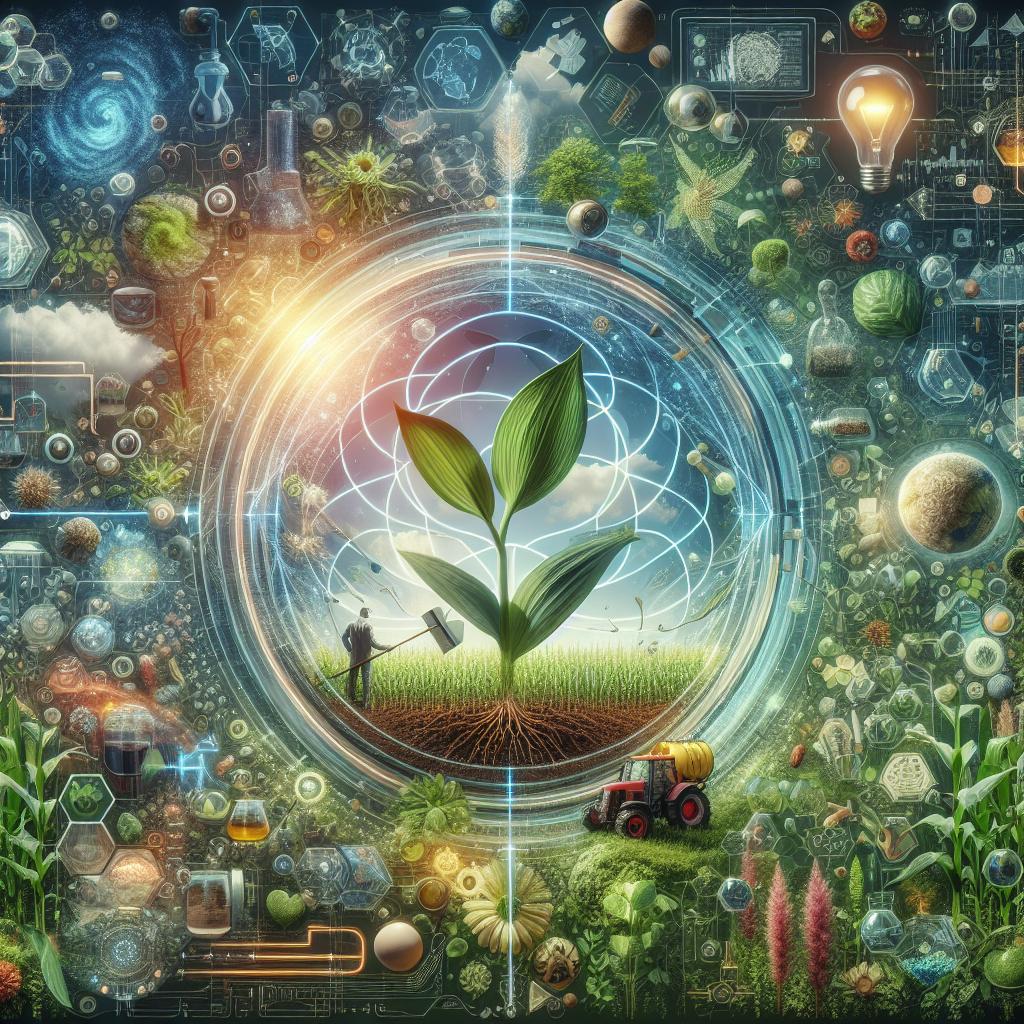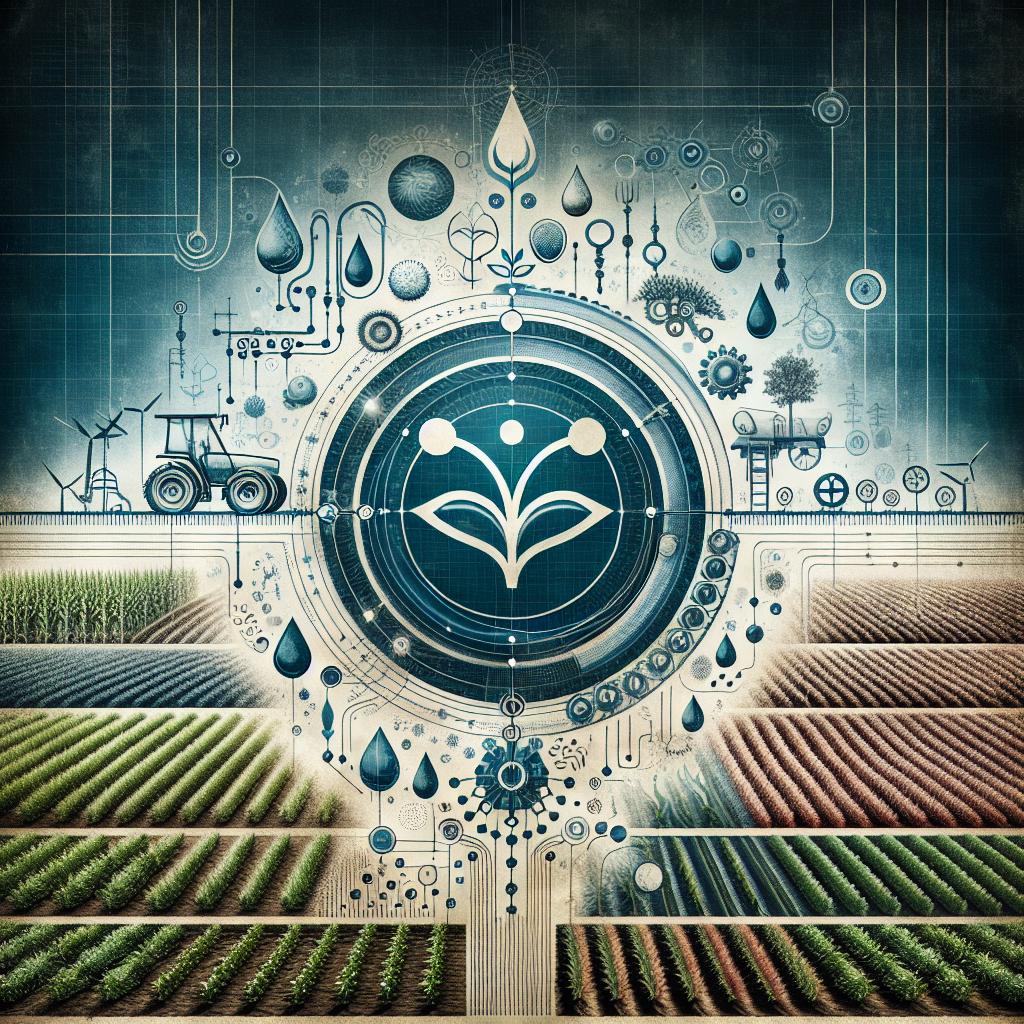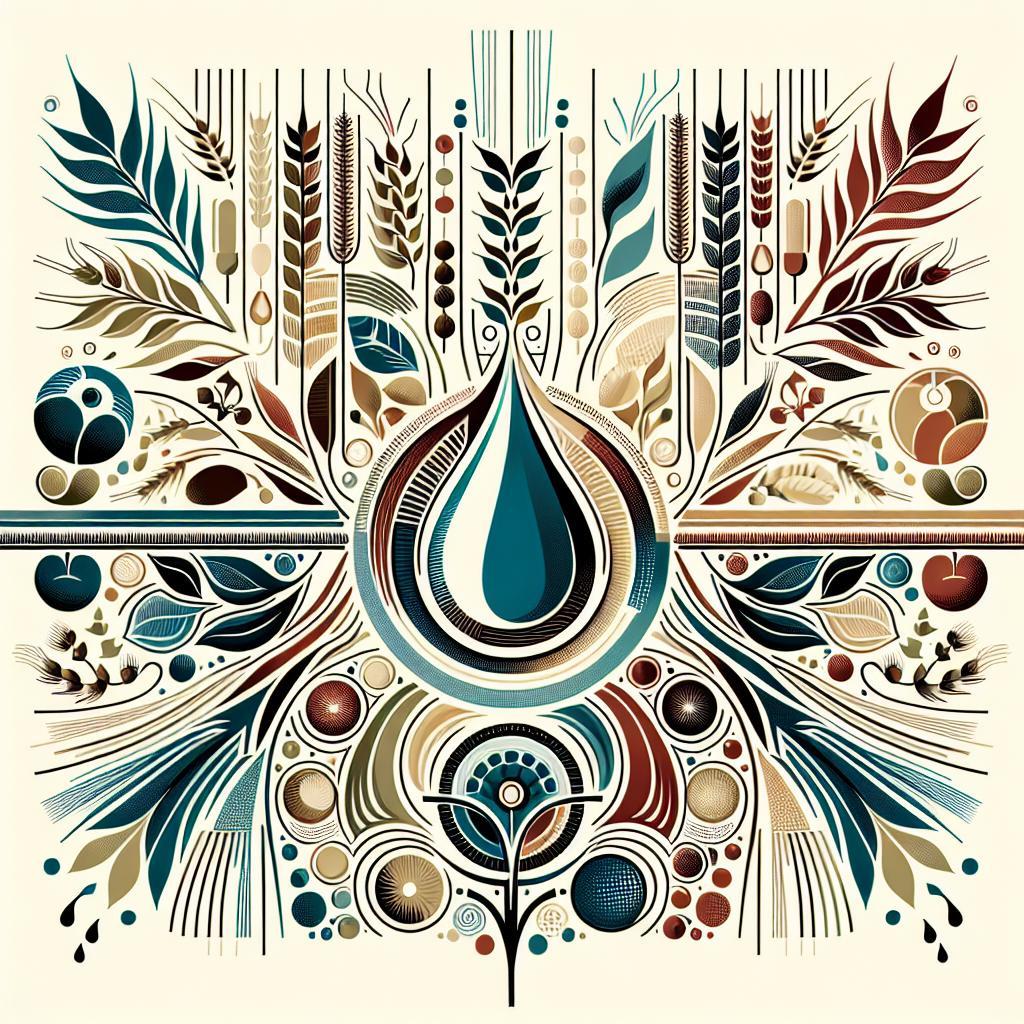This post may contain affiliate links which means I may receive a commission for purchases made through links. Learn more on my Private Policy page.
Unlocking the Secrets of Successful Irrigation: A Friendly Guide to Designing Systems for Every Crop
Welcome to the world of irrigation, where science meets art, and every droplet counts! As any avid gardener or seasoned farmer will tell you, the key to thriving crops lies not just in the soil beneath them but in the water that nourishes them. Whether you’re coaxing vibrant tomatoes from your backyard garden or tending to sprawling fields of corn, understanding how to design an effective irrigation system is essential for maximizing yield and promoting sustainable practices.
In this article, we’ll take you on a journey to uncover the fundamentals of creating a tailored irrigation system suited for various types of crops. With a warm, approachable tone, we’ll demystify the process, offering practical tips, creative insights, and a sprinkle of inspiration to help you cultivate your green dreams. So grab your gardening gloves, roll up your sleeves, and let’s dive into the art of irrigation design — because every great harvest starts with a well-planned system!
Understanding Crop Needs: Tailoring Water Requirements for Optimal Growth
To cultivate thriving crops, it’s essential to understand their specific water needs. Each variety requires a different amount of moisture throughout its growth stages, influenced by factors such as soil type, climate, and plant maturity. Here are some key considerations to tailor irrigation effectively:
- Crop Variety: Different crops such as corn, tomatoes, and wheat have distinct water demands. For instance, corn thrives with about 25 inches of water during its growth season, while tomatoes prefer slightly less, around 20 inches.
- Growth Stage: Seedlings have a lower water requirement, whereas mature plants may need more hydration, especially during flowering and fruiting stages.
- Soil Moisture Levels: Regularly monitor soil moisture to ensure proper irrigation scheduling and prevent over or under-watering.
| Crop Type | Water Requirement (inches/year) | Critical Growth Stage |
|---|---|---|
| Corn | 25 | Flowering |
| Tomatoes | 20 | Fruit Set |
| Wheat | 18 | Grain Filling |
By assessing these factors, farmers can adjust their irrigation systems—whether through drip, sprinkler, or surface irrigation—to ensure each crop receives the right amount of water for optimal health. Implementing technologies, such as soil moisture sensors and weather-based irrigation controllers, can further refine application rates and timings, leading to enhanced efficiency and reduced water wastage. Understanding the unique water requirements helps in producing robust crops that not only show higher yields but also demonstrate resilience to environmental stressors.

Choosing the Right Irrigation Method: Exploring Options for Diverse Crops
When it comes to irrigation methods, choosing the right one is essential for maximizing the growth potential of your crops. Each type of crop has unique water requirements, which necessitates a tailored approach to irrigation. Here are some popular options to consider:
- Drip Irrigation: Ideal for row crops and orchards, this method delivers water directly to the roots, minimizing evaporation and runoff.
- Sprinkler Systems: Effective for larger fields, adjustable nozzles can accommodate various crop types and field shapes.
- Surface Irrigation: This traditional method is suited for grains and legumes, relying on gravity to distribute water over the field.
- Subsurface Irrigation: Excellent for high-value crops, water is applied below the surface, reducing competition from weeds.
- Furrow Irrigation: Typically used for crops like potatoes and corn, this method works by creating small channels along the field for water flow.
To make an informed decision, it’s vital to assess your soil type, climate conditions, and crop needs. Below is a simplified comparison table of irrigation methods based on efficiency and crop compatibility:
| Irrigation Method | Water Efficiency | Best for Crops |
|---|---|---|
| Drip Irrigation | 90-95% | Fruits, Vegetables |
| Sprinkler Systems | 70-80% | Cereals, Oilseeds |
| Surface Irrigation | 60-70% | Grains, Legumes |
| Subsurface Irrigation | 80-90% | High-Value Crops |
| Furrow Irrigation | 70-80% | Potatoes, Corn |

Soil Matters: Effective Strategies for Soil Water Management
Designing an irrigation system tailored to specific crop needs is crucial for optimizing water use and enhancing growth. Different crops have varying requirements for water intake, so it’s essential to identify the ideal irrigation strategy based on these needs. Consider the following factors:
- Crop Type: Understand the water demands of each crop, as some require consistently moist soil while others prefer drier conditions.
- Soil Type: Different soil types have unique drainage capabilities; sandy soils drain quickly while clay soils retain moisture.
- Climate Conditions: Assess local weather patterns, such as rainfall and temperature, to anticipate irrigation needs.
Once these elements are evaluated, selecting an appropriate irrigation method becomes easier. Here’s a quick comparison of popular irrigation systems suitable for various crops:
| Irrigation Method | Best For | Key Benefits |
|---|---|---|
| Drip Irrigation | Fruits & Vegetables | Water efficiency, reduced weed growth |
| Sprinkler System | Cereals & Grains | Even distribution, adaptable to terrain |
| Surface Irrigation | Root Vegetables | Simple setup, low cost |

Maintenance Magic: Tips for Keeping Your Irrigation System in Tip-Top Shape
To ensure your irrigation system operates smoothly throughout the growing season, it’s essential to perform regular inspections. Start by checking for clogs and leaks in the pipes and emitters, as these can significantly impact water distribution. You can use a simple tool like a garden hose to flush out dirt and debris. Keep an eye on the scheduling of your irrigation system; adjusting the timers to reflect the changing weather conditions will help you achieve optimal moisture levels for your crops. Don’t forget to inspect the hoses and fittings for wear and tear; replacing worn parts promptly can save you from larger headaches down the line.
Another key element in maintaining your irrigation system is ensuring proper coverage. Use a rain gauge to monitor rainfall and adjust the irrigation schedule accordingly, ensuring your crops receive the right amount of water. If you have multiple types of crops, consider creating a water management chart to help visualize the needs of each type. Here’s an example:
| Crop Type | Water Requirement (inches/week) | Irrigation Frequency |
|---|---|---|
| Vegetables | 1-2 | 2-3 times |
| Fruit Trees | 2-3 | 1-2 times |
| Cereals | 1 | 1 time |
| Flowers | 1-2 | 2-3 times |
By keeping a detailed record of your crops’ water needs and adjusting your system and schedules accordingly, you’ll not only enhance crop yield, but also conserve water. Every drop counts, and a well-maintained irrigation system is the magic key to a bountiful harvest!
Concluding Remarks
As we wrap up our journey through the intricacies of designing an irrigation system tailored to the diverse needs of different crops, we hope you feel equipped and inspired to take the plunge! Just like each plant has its own unique requirements, so too does each irrigation system have its special touch. Whether you’re nurturing delicate herbs, robust veggies, or sprawling fruit trees, the right approach can unlock their full potential and yield bountiful harvests.
Remember, the heart of irrigation lies not just in the mechanics, but in the understanding of life and growth. Embrace the art of water management with a sense of adventure and curiosity. Your garden or farm is not just a plot of land; it’s a canvas where you can paint your agricultural dreams.
So grab your design tools, dive into the world of water dynamics, and let your crops thrive! Happy planting, and may your irrigation system flow as freely as your ideas! 🌱💧
This post may contain affiliate links which means I may receive a commission for purchases made through links. Learn more on my Private Policy page.

